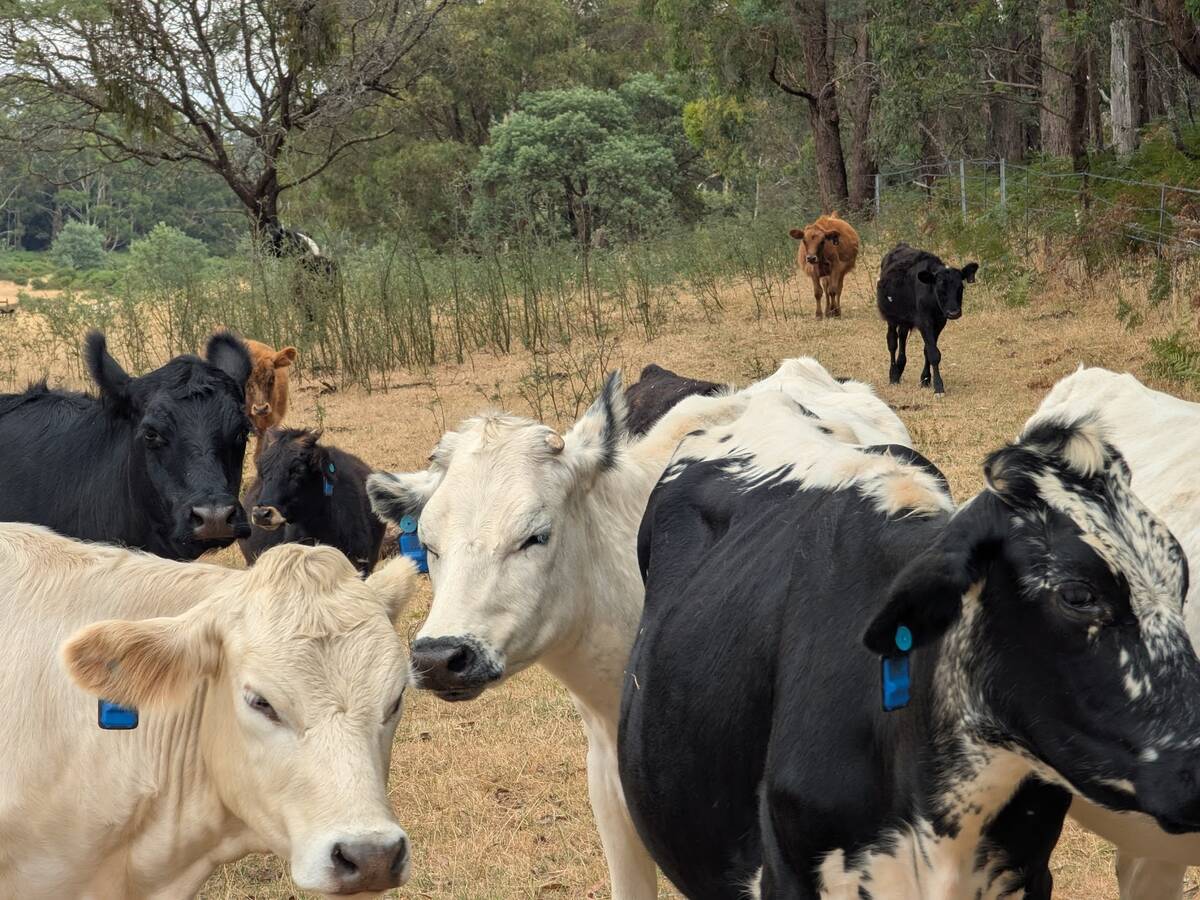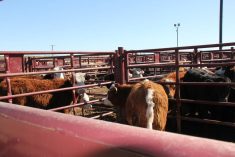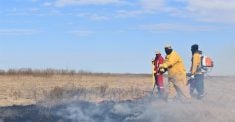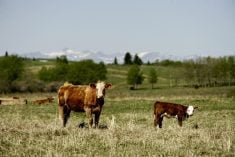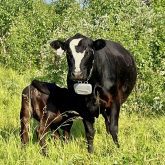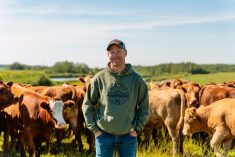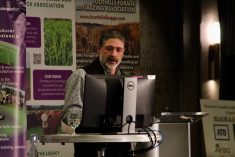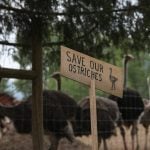Before Darren Wolchyn entered the cattle sector, he was developing GPS tracking systems for golf carts.
It was only when a rancher friend expressed interest in GPS tracking his cattle that Wolchyn realized his technology could do more.
This is where the idea for his company, Smart Paddock, was born.
Read Also
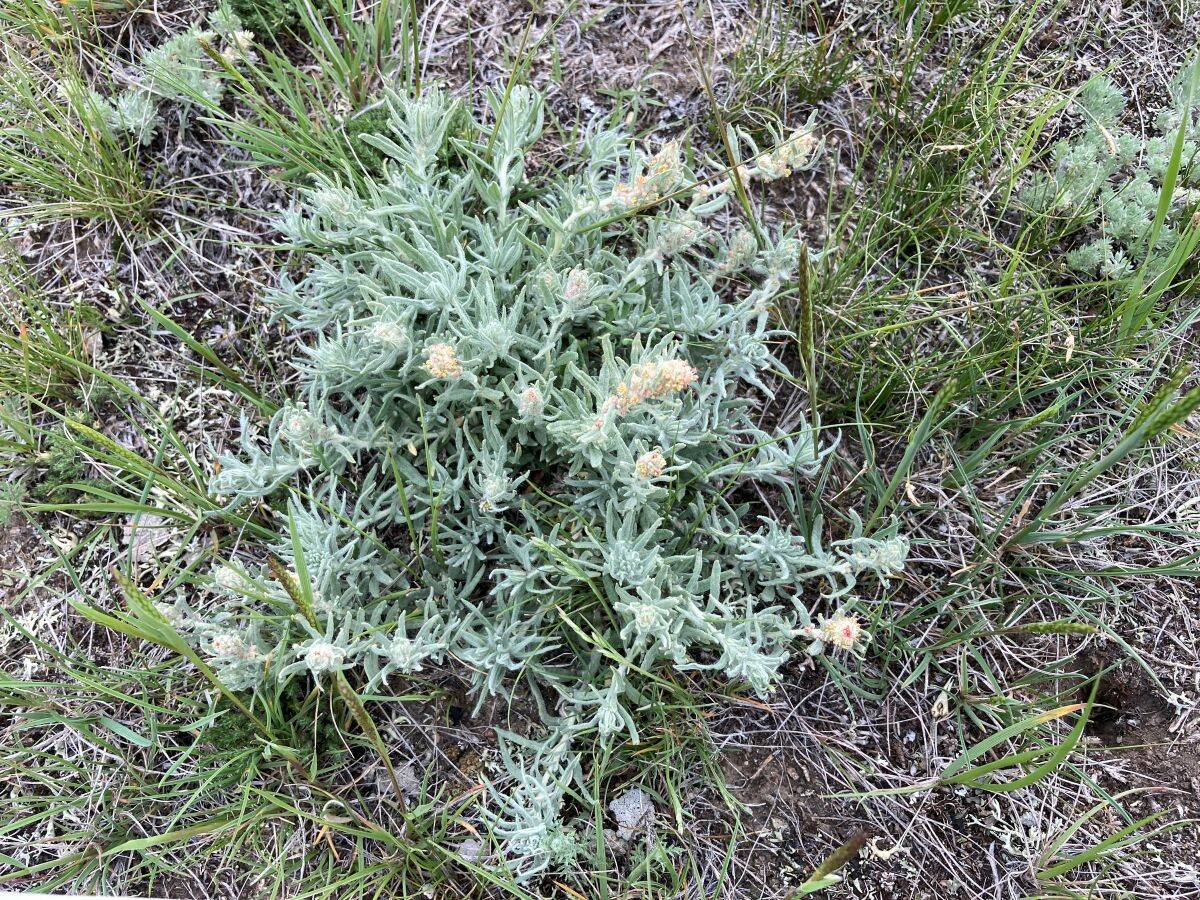
Canadian researchers dig into re-establishing winterfat in beef cattle pastures
Research into re-establishing winterfat for fall and winter livestock grazing in Western Canada
“I said, ‘Why would you want to GPS track your cows?’” Wolchyn says in an interview. “It wasn’t a huge herd, but he said it was calving season, and he’s out basically 24/7 monitoring these animals to have to deal with any issues with them. And you don’t want to lose a calf, you don’t want to lose a cow. This would make it just so much easier to find them quickly.”
Wolchyn officially launched Smart Paddock in 2017. It is based in Australia but entered the Canadian market a few years ago. Since then, they have taken home a few awards, such as the Innovation Award at the 2023 Canadian Animal AgTech Awards at Agribition and the Rising Star Award at Canadian Western Agribition in 2024.
With Smart Paddock making waves in the Canadian industry, farmers and ranchers may be wondering what is is and how can it be used on their operations.
Ear tags
Smart Paddock’s main product is a GPS tracking system that offers 24/7 monitoring of your livestock. This is done through ear tags, known as SmartTags, which have a GPS tracker within them. The system can send you alerts if something goes awry, for example, if animals wander off, if there is theft, unusual mob activity, distressed or downed animals, lack of water access or bulls in the wrong pasture.
When he first started GPS tracking cattle, Wolchyn was using collars, but he eventually moved from that to ear tags.
He says ear tags are more accessible and easier to use for farmers. But when they started out, creating an ear tag that could house their technology was too challenging.
“We built a proof-of-concept ear tag to see if we could actually technically do it from an engineering point of view, which we did. But it was big, ugly, bulky and didn’t last very long,” Wolchyn says.
With the GPS collars, their customers were mostly researchers through the government or universities, so using collars wouldn’t be as big a challenge as it would be for a commercial producer. Then they decided to expand their market.
“We want to actually provide solutions to ranchers and farmers. So we go, ‘We need to do an ear tag.’ But we’ve learned a lot in those few years that we were doing (collars). And we built up a software platform as well, and then we went and tackled ear tags. And it’s taken us many iterations of ear tags to get what we think is a pretty high-quality product.”
The Smart Paddock ear tags are very similar to everyday ear tags and are attached using the same applicator.
However, they are not combined with an RFID tag because of the regulations around those tags, and because you are not allowed to reuse those tags.
With the SmartTags, reusing is intended and encouraged.
“We want you to reuse our tags between animals to get that cost over multiple animals,” Wolchyn says.
Benefits
Wolchyn says there are many benefits for producers who may be using Smart Paddock’s GPS technology. Tracking cattle via GPS ear tags can help minimize the labour required, especially during calving.
“For us, it’s the same problem we’re trying to tackle everywhere. So knowing where the animals are, reducing your losses. That’s the whole real goal of our system.”
This product can be used for many other management practices, as well. For example, Wolchyn says lots of their customers use their technology for rotational grazing.
The software allows farmers and ranchers to review grazing patterns.
“We also have integrated with satellite imagery companies, so you can see the feed base available, and map over your grazing patterns.”
However, if producers are not interested in learning a whole new, complicated system, their technology is, at its most basic, easy to use.
“If everything’s going fine, and you’re not interested in finding animals for any particular reason, you’re probably not looking at that every day. But if something happens, you can get a notification on your phone, and you can drill down on it and see what’s going on.”
Some of their other products go hand in hand with their GPS technology. For example, they have SmartFence, which monitors voltage levels; SmartTrack, to monitor farm vehicles; and SmartWater, which allows producers to view water depth on a map-based dashboard and get alerts for low levels.
Producers will also be able to identify ill or down animals using their technology.
The price for the tags ranges from $59 to $69 a tag, depending on order sizes, with discounts for volume. There is also an ongoing service fee. Service fees depend on what customers want.
“Normally, everybody’s a custom quote. Everybody’s different. People have different pastures, field locations, number of animals,” Wolchyn says.
SmartFence and SmartTrack cost $250 with a $5 monthly feed, and SmartWater costs $955 with a $5 monthly fee.
SaskTel
In 2021, Smart Paddock joined forces with SaskTel to bring their products from Australia to Canada. They signed a memorandum of understanding, meaning SaskTel would “explore opportunities to advance the deployment of smart technologies in Canada’s livestock industry.”
Working with a local company, such as SaskTel, helps to bridge the gap with connectivity.
“Because we were based in Australia, and there is a network connectivity aspect to what we’re doing, we need to work with partners to help us. So we’re working with partners to help resell … and then we’re working with SaskTel to provide that network coverage so that the farmer doesn’t have to worry about any of that,” Wolchyn says.
In the spring of 2025, SaskTel launched a data hub for farmers, which helps connect ag tech companies such as Smart Paddock connect with producers.
SaskTel refers to this as their Smart Ag digital tool kit, which comprises local and international companies that they have partnered with. These companies are using SaskTel infrastructure to connect with their technologies.
Future
Despite all the awards and partnerships Smart Paddock has collected since it entered the Canadian market, Wolchyn isn’t done innovating and expanding. He says that while currently they can detect when an animal is ill or down, they want to refine that to identify when an animal is in labour or when an animal is impregnated using heat detection.
Besides that, he wants to focus on Canada as a whole and continue to make connections and grow in the industry.
“Canada is a growing area for us, a growing region, a growing market for us. So we definitely want to focus on that. The U.S. as well. Cattle prices are quite high … so it’s a good market. People don’t want to lose these animals. They’re worth a lot of money. So there’s definitely opportunities there.”
He also wants to work on expanding to other markets, such as South America.


